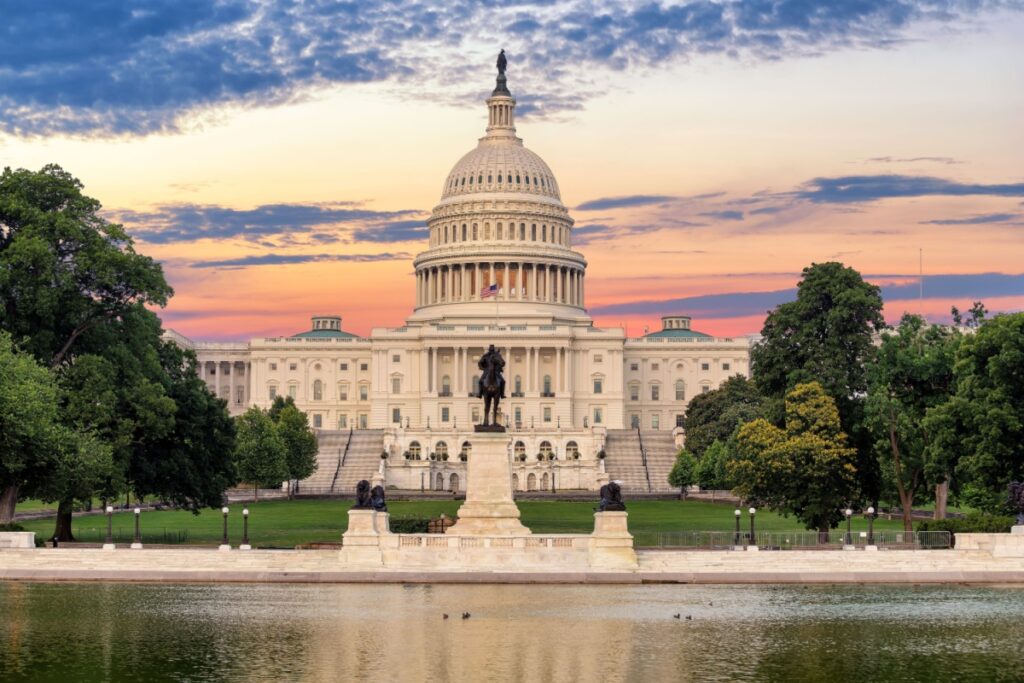With Congress failing to pass new appropriations by the October 1 deadline, U.S. federal regulators began implementing furloughs and halting nonessential work as the government entered a partial shutdown. The Securities and Exchange Commission (SEC) is reducing more than 90 percent of its workforce, leaving roughly 393 staffers assigned to critical tasks such as emergency enforcement and market surveillance.
Agencies Initiate Furloughs Amid Funding Lapse
Concurrently, the Commodity Futures Trading Commission (CFTC) plans to operate with just 5.7% of its personnel (approximately 31 out of 543 employees) tasked with preserving oversight of derivatives markets and mitigating fraud risks.
Daily functions at both agencies will be severely constrained. Routine processing of new applications, reviews, and approvals will be deferred or suspended. The SEC’s Division of Trading and Markets, responsible for assessing new filings, is unable to continue its review process during the shutdown.
Market Disruption and IPO Pipeline Jam
The suspension of regulatory operations has immediate consequences for capital markets. Initial public offerings (IPOs) will be put on hold, as the SEC lacks the bandwidth to advance or authorize new listings. This bottleneck emerges just as market participants were eyeing a resurgence in IPO activity.
Some crypto-based exchange-traded funds (ETFs), including those tied to Solana and XRP, are expected to face delays in approval, as the SEC’s shutdown plan explicitly notes that it cannot handle the expected wave of filings.
Investors responded quickly: Wall Street futures and the U.S. dollar fell, while gold pierced record highs as risk sentiment surged. Analysts warn that delays in corporate filings and regulatory reviews could erode confidence in the equity pipeline and deter new capital raises. According to Samuel Kerr, head of equity capital markets at Mergermarket, the shutdown “gives investors a reason to think twice on whether to buy into new deals at a time of heightened political uncertainty.”
Data Interruptions and Broader Effects
In addition to IPO obstacles, the shutdown jeopardizes the release of key economic indicators relied upon by markets. Extended interruption of data flows could exacerbate market volatility by increasing uncertainty around growth, inflation, employment, and trade measures.
While the SEC permits companies to submit required filings, it lacks the capacity to process them, potentially slowing the dissemination of investor information. Thus, financial analysts and economists may lack timely inputs for models and forecasts, compounding stress in already fragile markets.
Short-lived shutdowns in the past met limited market pushback, but this latest shutdown enters a complex backdrop: elevated geopolitical tensions, rising interest rates, and cautious investor sentiment. Observers warn that prolonged funding gaps could meaningfully erode regulatory credibility and impair the functioning of U.S. capital markets.
Governance Strain and Institutional Responses
Regulatory agencies issued contingency plans in advance, warning staff to prepare for work interruptions on Tuesday evening before the funding expiry. The SEC and CFTC are attempting to maintain a skeletal presence to address critical market abuses, fraud, or systemic risks, but many supervisory and rule-making functions will be dormant.
Market participants, including investment banks, fund managers, and corporate issuers, must navigate an environment of regulatory uncertainty. Some firms may delay offerings, adjust equity strategies, or reprioritize compliance tasks in reaction to these disruptions.
Meanwhile, financial observers and rating agencies will monitor how long the shutdown persists, assessing damage to market structure, capital formation, and investor confidence. The outcome will depend heavily on political negotiations in Congress, which must restore funding for oversight agencies to resume full operations.


